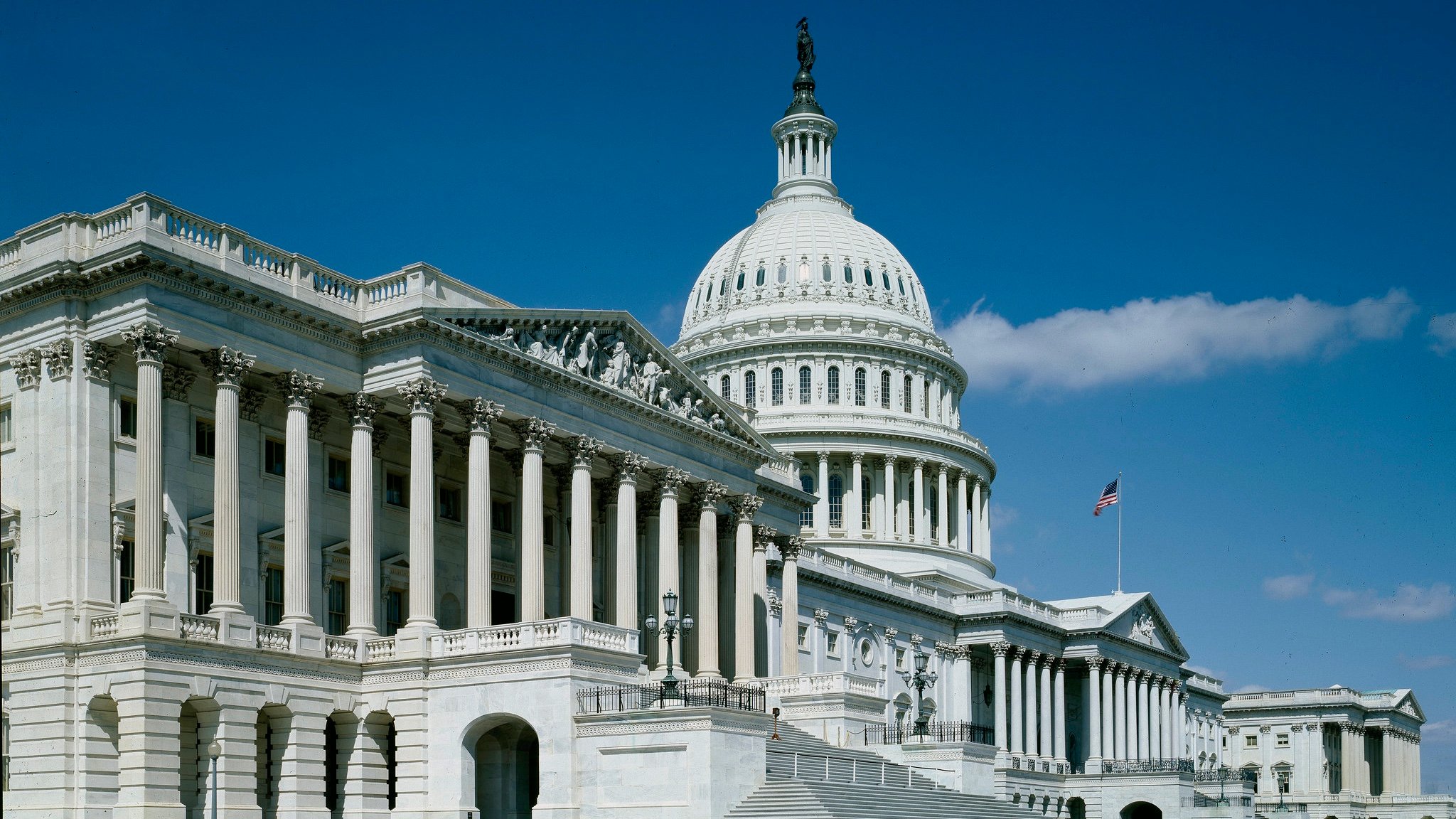President Johnson asks Congress to aid public television, 1967
A month after the release of the first Carnegie Commission report, LBJ announced legislation to help pay for operations of public TV for the first time. These remarks appear in his health/education proposals to Congress, between the sections on adult illiteracy and computers in the classroom, leading off a section titled “Building for Tomorrow.” Before the end of the year, Congress had expanded the bill to include public radio and Johnson was signing the Public Broadcasting Act into law.
BUILDING FOR TOMORROW
Public television
In 1951, the Federal Communications Commission set aside the first 242 television channels for noncommercial broadcasting, declaring:
The public interest will be clearly served if these stations contribute significantly to the educational process of the Nation.
The first educational television station went on the air in May 1953. Today, there are 178 noncommercial television stations on the air or under construction. Since 1963 the Federal Government has provided $32 million under the Educational Television Facilities Act to help build towers, transmitters, and other facilities. These funds have helped stations with an estimated potential audience of close to 150 million citizens.
Yet we have only begun to grasp the great promise of this medium, of which, in the words of one critic, has the power to “arouse our dreams, satisfy our hunger for beauty, take us on journeys, enable us to participate in events, present great drama and music, explore the sea and the sky and the winds and the hills.”
Noncommercial television can bring its audience the excitement of excellence in every field. I am convinced that a vital and self-sufficient noncommercial television system will not only instruct, but inspire and uplift our people.
Practically all noncommercial stations have serious shortages of the facilities, equipment, money, and staff they need to present programs of high quality. There are not enough stations. Interconnections between stations are inadequate and seldom permit the timely scheduling of current programs.
Noncommercial television today is reaching only a fraction of its potential audience–and achieving only a fraction of its potential worth.
Clearly, the time has come to build on the experience of the past 14 years, the important studies that have been made, and the beginnings we have made.
I recommend that Congress enact the Public Television Act of 1967 to —
Increase Federal funds for television and radio facility construction to $10.5 million in fiscal 1968, more than three times this year’s appropriations.
Create a Corporation for Public Television authorized to provide support to noncommercial television and radio.
Provide $9 million in fiscal 1968 as initial funding for the Corporation.
Next year, after careful review, I will make further proposals for the Corporation’s long-term financing.
Noncommercial television and radio in America, even though supported by Federal funds, must be absolutely free from any Federal Government interference over programing. As I said in the State of the Union message, “We should insist that the public interest be fully served through the public’s airwaves.”
The Board of Directors of the Corporation for Public Television should include American leaders in education, communications, and the creative arts. I recommend that the Board be comprised of 15 members, appointed by the President and confirmed by the Senate.
The Corporation would provide support to establish production centers and to help local stations improve their proficiency. It would be authorized to accept funds from other sources, public and private.
The strength of public television should lie in its diversity. Every region and every community should be challenged to contribute its best.
Other opportunities for the Corporation exist to support vocational training for young people who desire careers in public television, to foster research and development, and to explore new ways to serve the viewing public.
One of the Corporation’s first tasks should be to study the practicality and the economic advantages of using communication satellites to establish an educational television and radio network. To assist the Corporation, I am directing the Administrator of the National Aeronautics and Space Administration and the Secretary of Health, Education, and Welfare to conduct experiments on the requirements for such a system, and for instructional television, in cooperation with other interested agencies of the Government and the private sector.
Formulation of long-range policies concerning the future of satellite communications requires the most detailed and comprehensive study by the executive branch and the Congress. I anticipate that the appropriate committees of Congress will hold hearings to consider these complex issues of public policy. The executive branch will carefully study these hearings as we shape our recommendations.
Instructional television
I recommend legislation to authorize the Secretary of Health, Education, and Welfare to launch a major study of the value and the promise of instructional television which is being used more and more widely in our classrooms, but whose potential has not been fully developed.






